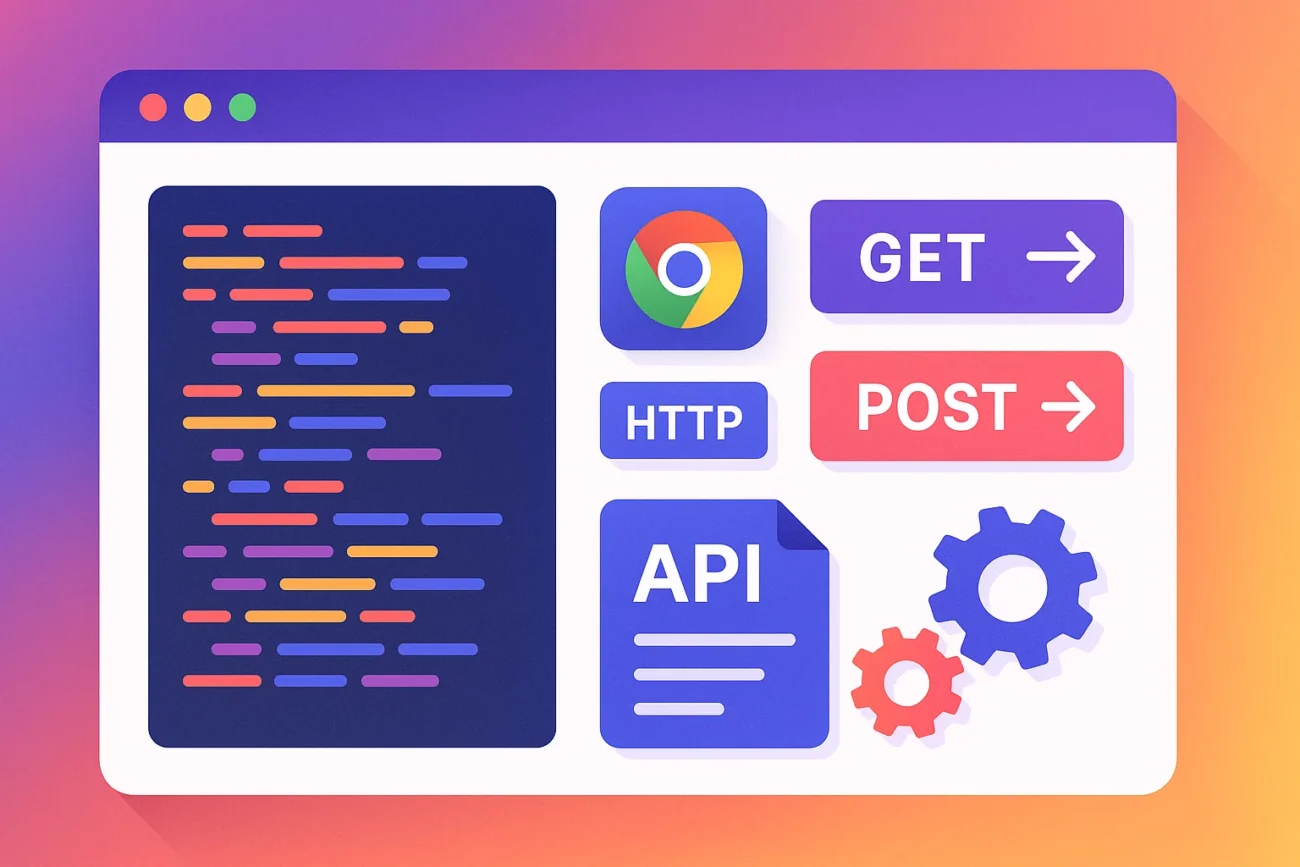Manipulating API requests is a key task in the workflows of developers and testers alike. Whether you’re testing error handling, simulating attack vectors, or validating edge cases, Chrome extensions can significantly streamline the process. Below is a curated list of the Top 7 Chrome Tools for tampering with API requests, each evaluated on Pros/Cons, Free vs Paid, and Ease of Use.
Table of Contents
1. ModHeader
ModHeader allows you to modify HTTP headers and redirect URLs effortlessly. It’s widely used for debugging, security testing, and bypassing CORS restrictions.
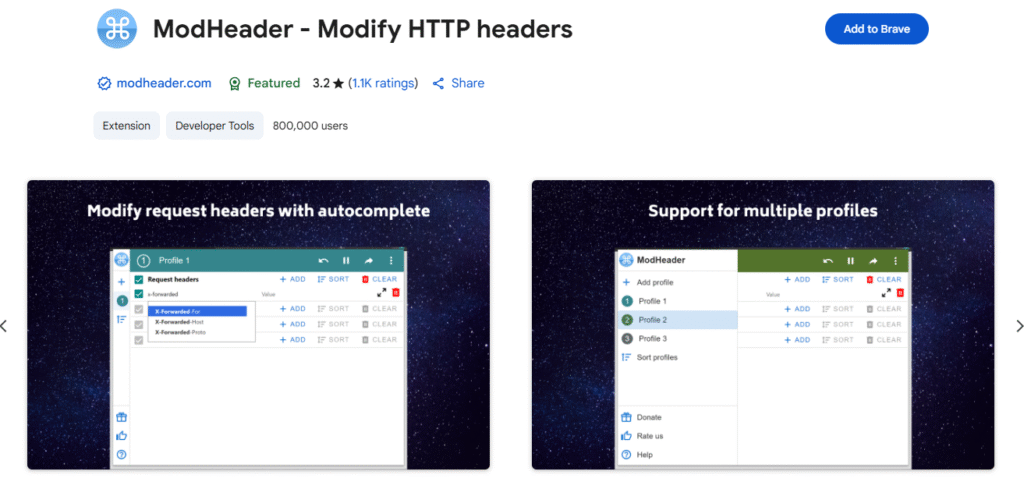
Pros:
- Easy to add/remove request/response headers
- Supports profiles for different environments
- Can modify cookies and redirect URLs
Cons:
- UI feels a bit cluttered for first-time users
- Does not intercept request bodies
Free vs Paid:
- Free version available with core features
- Paid (ModHeader Plus) offers advanced features like team sharing and scripting
Ease of Use:
- Moderate; requires a basic understanding of HTTP headers
2. Requestly
Requestly is a rule-based tool to intercept and modify requests and responses. Great for mock testing and redirecting APIs.
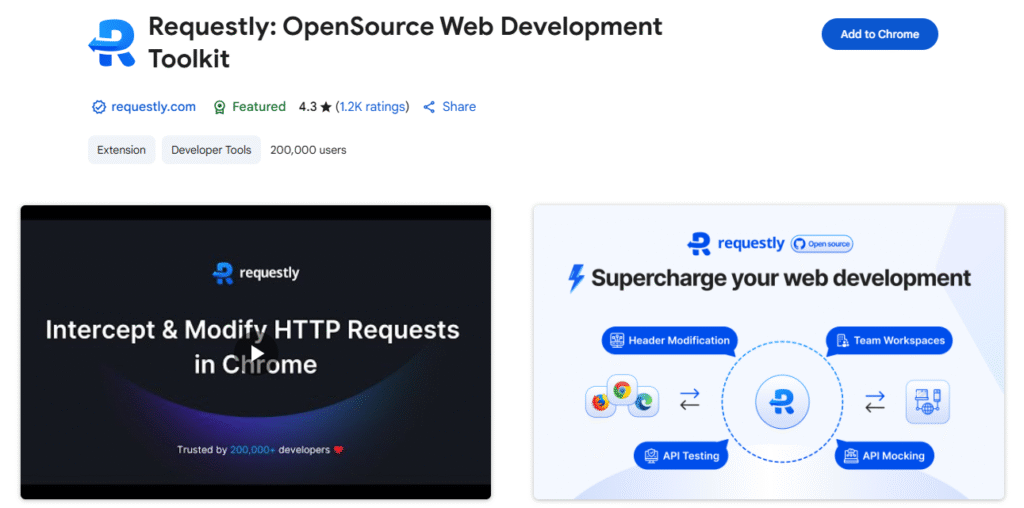
Pros:
- Rule-based editor is intuitive
- Supports modifying headers, URL redirects, and blocking scripts
- Works on both requests and responses
Cons:
- Some advanced features locked behind premium
- Requires an account for cloud sync
Free vs Paid:
- Free for most core use cases
- Paid plan enables collaboration, mock APIs, and cloud rules
Ease of Use:
- High; user-friendly UI with drag-and-drop support
3. Postman Interceptor
While Postman is primarily known as an API client, its Interceptor Chrome extension lets you capture and manipulate browser traffic directly into Postman.
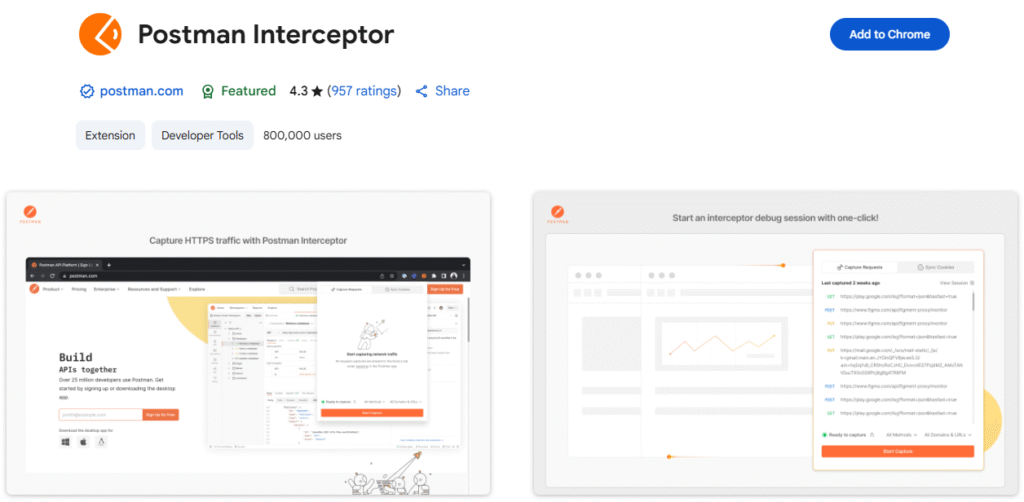
Pros:
- Integrates seamlessly with the Postman app
- Enables cookie capture and request replay
- Useful for session-based testing
Cons:
- Requires Postman Desktop App
- Setup can be time-consuming for beginners
Free vs Paid:
- Free for basic usage
- Paid tiers offer collaboration, team workspaces, and monitoring
Ease of Use:
- Moderate to High; requires setup but is powerful once integrated
4. Fiddler Everywhere (via Chrome + Proxy Setup)
Fiddler is a powerful standalone web debugging proxy that works with Chrome through proxy configuration.
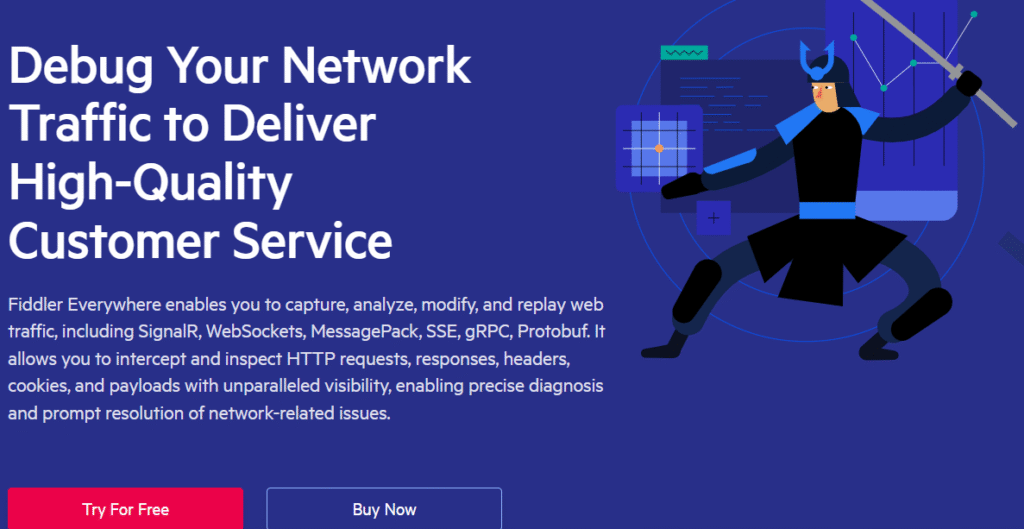
Pros:
- Full control over requests/responses
- Scriptable rules for automation
- Supports HTTPS decryption
Cons:
- Not a Chrome extension; needs local proxy setup
- Steeper learning curve
Free vs Paid:
- Free for personal use
- Paid version offers collaboration and enterprise features
Ease of Use:
- Low for beginners; High for experienced devs
5. Tamper Chrome (Deprecated)
Tamper Chrome was once a popular tool to intercept and modify requests directly in-browser.
Pros:
- Worked directly inside the browser with live interception
- Could view and modify requests in real-time
Cons:
- No longer maintained; removed from Chrome Web Store
- Limited support and frequent compatibility issues
Free vs Paid:
- Free, but no longer actively supported
Ease of Use:
- High, but availability is an issue
6. ARC (Advanced REST Client)
ARC is a Chrome-based REST client tool used to manually create and send API requests with full control.
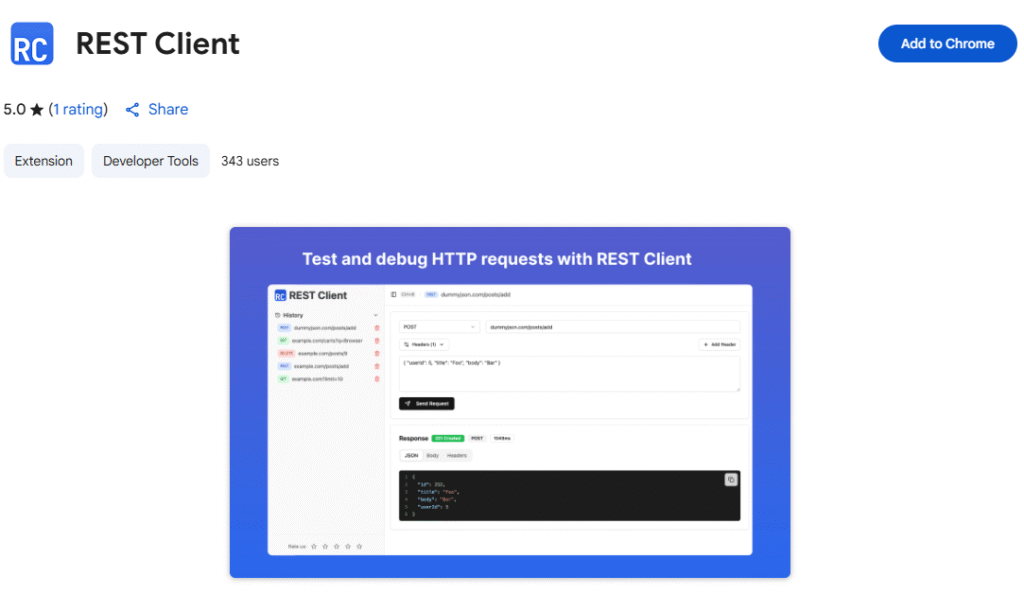
Pros:
- Simple interface for crafting custom API requests
- Supports various HTTP methods and custom headers
- No account needed
Cons:
- Doesn’t capture browser-generated traffic
- Lacks interception or auto-tampering features
Free vs Paid:
- Completely Free
Ease of Use:
- High for manual API requests; limited for interception
7. RESTED / REST Client
These lightweight REST clients let users compose and send HTTP requests with headers, params, and body data.
Pros:
- Straightforward, no login required
- Lightweight and fast to use
- Good for quick testing
Cons:
- No support for request interception or browser integration
- Feature set limited compared to Postman or Requestly
Free vs Paid:
- Completely Free
Ease of Use:
- Very High; minimal UI, ideal for beginners
Final Comparison Table
| Tool | Free/Paid | Request Interception | Ease of Use | Best For |
|---|---|---|---|---|
| ModHeader | Free / Paid | Limited (headers only) | Moderate | Header manipulation |
| Requestly | Free / Paid | Yes | High | Mocking & redirect rules |
| Postman Interceptor | Free / Paid | Yes | Moderate | Cookie/session testing |
| Fiddler | Free / Paid | Yes (via proxy) | Low | Full traffic tampering |
| Tamper Chrome | Free (Deprecated) | Yes | High | Real-time tampering (legacy) |
| ARC | Free | No | High | Manual request testing |
| RESTED | Free | No | Very High | Lightweight manual requests |
Conclusion
The best Chrome tool for tampering with API requests depends on your specific needs. If you’re looking for full interception and real-time modification, Requestly or Fiddler are excellent. For quick manual API tests, ARC and RESTED are efficient. While Tamper Chrome had its day, modern workflows are better supported by newer, actively maintained tools like Requestly and Postman Interceptor.
Also Checkout:
How to install Tamper Data in Mozilla Firefox?
How to Use Tamper Data in Google Chrome for Web Security Testing

